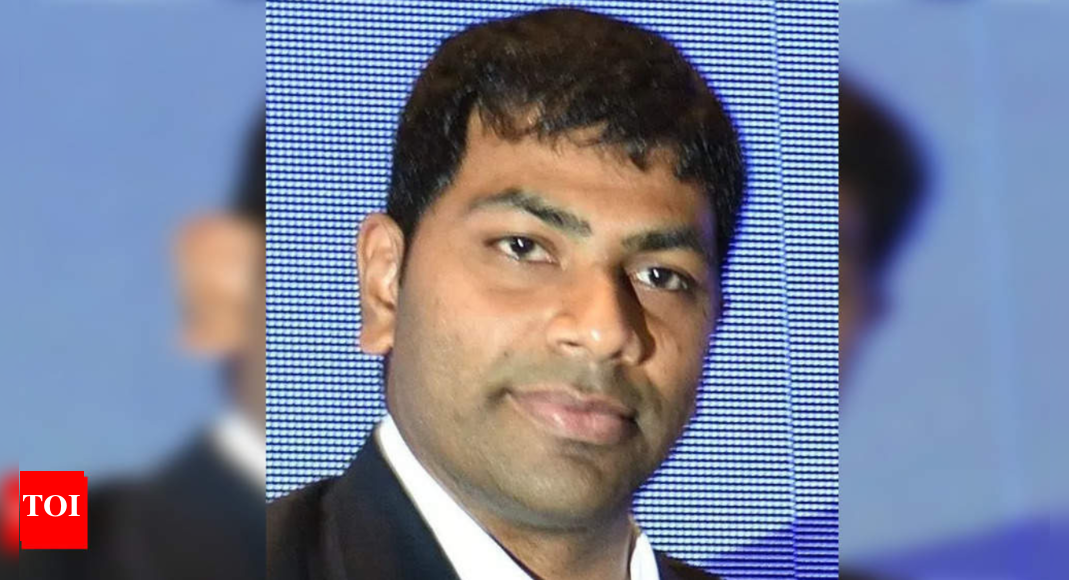The solution to Chennai’s perennial struggles with floods and droughts lies in increasing water storage within the city. Currently, the metropolis relies on six major reservoirs with a combined capacity of 13.2 tmcft ((thousand million cubic feet) for piped supply. However, this falls short of the city’s needs, with data from the water resources department showing thats 22 tmcft is required annually to meet the demand of its residents.
Out of 14 lakh assessed properties in the city, only 7.9 lakh have piped water connections. Experts emphasize that if Chennai can conserve most of its annual rainfall — 140 cm on average — it can drastically reduce instances of floods and droughts. “The city spans 426 sq km, and 140 cm of annual rainfall can generate 21 tmcft of water,” said Haris Sultan, state coordinator for waterbodies with Arappor Iyakkam, an anti-corruption NGO.
Desilting reservoirs and deepening lakes can significantly increase water storage and mitigate these issues. A successful model that Chennai can look up to is the desilting project implemented by the Tamil Nadu Electricity Board at Pillur Dam in Coimbatore. Using a dredger and geotube system, the project has desilted 25,000 cubic metres of silt from the dam.
This system involves pumping sediment-water mixtures into geotubes, where water seeps out, leaving the sediment to consolidate over time. This method accelerates desilting, minimizes ecosystem disruption, and avoids the longer process of excavation. Such techniques not only deepen reservoirs but also boost storage capacity for rainwater.
Experts suggest that around 40% of rainwater—equivalent to 8 tmcft for 140 cm of annual rainfall—must be saved in water bodies. “This can enhance local water supply,” said Sekhar Raghavan, director of Rain Centre, which advocates rainwater harvesting. “In the past, communities relied on open wells near lakes and ponds for drinking water. Today, many of these wells are being closed. The govt should take up a chain of lakes, treat them, and supply the water to households,” he said.
Ambattur, Korattur, and Retteri lakes together span 1,400 acres and, if deepened up to 20 ft, can hold 1.2 tmcft of water. That would be enough to serve the city’s needs for a month. Metro water requires 1 tmcft per month to meet the city’s water needs. While the water resources department is working on deepening Retteri lake to hold 45 mcft, experts say this is insufficient. Chennai’s 25 lakes and 210 ponds offer immense potential for storage if deepened and desilted.
Deepening lakes can also prevent floods, particularly in south Chennai. For instance, the Pallikaranai marshland, which receives rainwater from 106 waterbodies across a catchment area of 235 sq km, can produce 3.32 tmcft of water during heavy rainfall. If these 106 water bodies are deepened by 20 ft, they could store up to 3.52 tmcft of water, mitigating flood risks.
Rainwater harvesting is also a vital component of water management. “If 40% of rainwater is harvested in Chennai’s urban buildings and spaces, around 8 tmcft of groundwater can be recharged annually,” said Sultan.
Out of 14 lakh assessed properties in the city, only 7.9 lakh have piped water connections. Experts emphasize that if Chennai can conserve most of its annual rainfall — 140 cm on average — it can drastically reduce instances of floods and droughts. “The city spans 426 sq km, and 140 cm of annual rainfall can generate 21 tmcft of water,” said Haris Sultan, state coordinator for waterbodies with Arappor Iyakkam, an anti-corruption NGO.
Desilting reservoirs and deepening lakes can significantly increase water storage and mitigate these issues. A successful model that Chennai can look up to is the desilting project implemented by the Tamil Nadu Electricity Board at Pillur Dam in Coimbatore. Using a dredger and geotube system, the project has desilted 25,000 cubic metres of silt from the dam.
This system involves pumping sediment-water mixtures into geotubes, where water seeps out, leaving the sediment to consolidate over time. This method accelerates desilting, minimizes ecosystem disruption, and avoids the longer process of excavation. Such techniques not only deepen reservoirs but also boost storage capacity for rainwater.
Experts suggest that around 40% of rainwater—equivalent to 8 tmcft for 140 cm of annual rainfall—must be saved in water bodies. “This can enhance local water supply,” said Sekhar Raghavan, director of Rain Centre, which advocates rainwater harvesting. “In the past, communities relied on open wells near lakes and ponds for drinking water. Today, many of these wells are being closed. The govt should take up a chain of lakes, treat them, and supply the water to households,” he said.
Ambattur, Korattur, and Retteri lakes together span 1,400 acres and, if deepened up to 20 ft, can hold 1.2 tmcft of water. That would be enough to serve the city’s needs for a month. Metro water requires 1 tmcft per month to meet the city’s water needs. While the water resources department is working on deepening Retteri lake to hold 45 mcft, experts say this is insufficient. Chennai’s 25 lakes and 210 ponds offer immense potential for storage if deepened and desilted.
Deepening lakes can also prevent floods, particularly in south Chennai. For instance, the Pallikaranai marshland, which receives rainwater from 106 waterbodies across a catchment area of 235 sq km, can produce 3.32 tmcft of water during heavy rainfall. If these 106 water bodies are deepened by 20 ft, they could store up to 3.52 tmcft of water, mitigating flood risks.
Rainwater harvesting is also a vital component of water management. “If 40% of rainwater is harvested in Chennai’s urban buildings and spaces, around 8 tmcft of groundwater can be recharged annually,” said Sultan.




